
What is Wagyu Beef? Grades, Brands, and Recommended Dishes
Wagyu beef is one of Japan’s most renowned and luxurious foods, known for its incredible marbling, tenderness, and rich flavor. The term “Wagyu” (和牛) translates to “Japanese cow,” and it specifically refers to Japanese cattle breeds raised under strict guidelines to achieve exceptional quality. This beef is prized for its high-fat content, which appears as intricate marbling throughout the meat, creating a melt-in-the-mouth texture that sets it apart from other types of beef worldwide.
This guide explores what makes Wagyu beef so unique, the grading system used to classify its quality, famous Wagyu brands, and some recommended ways to enjoy this exquisite meat.
Contents
1. What is Wagyu Beef?
Wagyu beef is a premium Japanese beef known for its remarkable tenderness and unique marbling, which gives it a distinct texture and flavor. The term Wagyu encompasses four main Japanese cattle breeds: Japanese Black (Kuroge Washu), Japanese Brown (Akage Washu), Japanese Shorthorn (Nihon Tankaku Washu), and Japanese Polled (Mukaku Washu). Among these, Japanese Black is the most commonly raised breed and is responsible for the high-fat marbling that Wagyu is famous for.
The unique qualities of Wagyu come from strict breeding practices, specialized diets, and careful management to ensure stress-free environments for the cattle. Farmers carefully monitor each animal’s health, often feeding them a diet of grains, corn, and sometimes beer or sake byproducts, which enhances the flavor and texture. Wagyu beef is also known for its high concentration of monounsaturated fats, which contribute to its melt-in-the-mouth sensation. This intricate marbling pattern creates a juicy, buttery taste and is what makes Wagyu beef highly sought after around the world.
2. The Wagyu Beef Grading System
The quality of Wagyu beef is graded by the Japan Meat Grading Association (JMGA), which evaluates the meat based on several factors to ensure only the best cuts reach consumers. The grading system considers two main elements: yield grade and meat quality grade. These two aspects together form the final grade for each piece of Wagyu beef.
Yield Grade
Yield grade measures the percentage of usable meat that can be obtained from a specific cut. This grade is classified as A, B, or C, with “A” indicating the highest yield and “C” the lowest. Higher yield grades mean more edible meat per carcass, which is especially important for consumers seeking the most value from each cut.
Meat Quality Grade
The meat quality grade is evaluated on a scale from 1 to 5, with 5 being the highest. This grade is based on four factors:
- Marbling (Sashi): The intramuscular fat distribution, which enhances flavor and tenderness. Wagyu with more marbling receives a higher score.
- Color and Brightness: The appearance of the meat and fat, with vibrant, healthy-looking colors scoring higher.
- Firmness and Texture: The structure and resilience of the meat, with firmer, finer-textured meat receiving higher grades.
- Fat Quality: The color, luster, and texture of the fat, as pure and clear fat is preferred for high-quality Wagyu.
The final grade, such as A5 or B4, combines both yield and meat quality grades, with A5 being the highest possible score. An A5 Wagyu grade signifies exceptional quality in every aspect, with maximum marbling, optimal color, texture, and high yield, making it among the most prized cuts of beef in the world.
3. Famous Wagyu Beef Brands
Several regions in Japan are famous for their specific Wagyu beef, with each brand offering distinct characteristics and flavors influenced by local climates, diets, and farming techniques. Here are some of the most prestigious Wagyu brands in Japan:
Kobe Beef (Hyogo Prefecture)
Kobe Beef is perhaps the most internationally recognized Wagyu brand, known for its exceptional marbling, tenderness, and flavor. It comes from Tajima-gyu cattle raised in Hyogo Prefecture and must meet strict quality standards to earn the Kobe Beef designation. Kobe Beef is prized for its melt-in-the-mouth texture and rich, buttery flavor, making it one of the most luxurious beef options worldwide.
Matsusaka Beef (Mie Prefecture)
Matsusaka Beef, raised in Mie Prefecture, is often regarded as one of the highest-quality Wagyu brands in Japan. This beef is famous for its intense marbling and smooth texture, which contribute to a rich, juicy taste. Matsusaka cattle are often pampered with special care and given a diet that includes high-quality grains and sometimes even beer, creating a distinct flavor profile that makes Matsusaka Beef a favorite among Wagyu connoisseurs.
Omi Beef (Shiga Prefecture)
Omi Beef, produced in Shiga Prefecture, is one of Japan’s oldest beef brands with a history dating back over 400 years. This Wagyu is known for its tender texture and delicate flavor, achieved through a diet of rice straw, soy pulp, and grains. Omi Beef has a lighter taste than other Wagyu brands, making it a versatile choice for various dishes and cooking styles.
Hida Beef (Gifu Prefecture)
Hida Beef is raised in Gifu Prefecture and is known for its fine-grained marbling and smooth texture. The cattle are raised in the cooler climate of the Hida region, which contributes to the unique quality of the meat. Hida Beef offers a balanced, delicate flavor with a buttery finish, making it ideal for dishes that highlight the natural flavors of Wagyu without overwhelming sauces or spices.
Yonezawa Beef (Yamagata Prefecture)
Yonezawa Beef is a lesser-known but highly esteemed Wagyu brand from Yamagata Prefecture. Known for its tender, well-marbled texture, Yonezawa Beef has a slightly sweet flavor that pairs well with traditional Japanese seasonings. This Wagyu is often used in sukiyaki and shabu-shabu, allowing the rich flavor to stand out in hot pot dishes.
4. Recommended Wagyu Dishes
Wagyu beef’s versatility allows it to be enjoyed in a variety of ways, from simple preparations that let the meat shine to dishes that incorporate traditional Japanese cooking techniques. Here are some recommended ways to enjoy Wagyu beef:
Sukiyaki
Sukiyaki is a popular Japanese hot pot dish that involves cooking thin slices of Wagyu beef in a sweet and savory broth made of soy sauce, sugar, and mirin. The beef is simmered with vegetables like shiitake mushrooms, tofu, and green onions, creating a flavorful, comforting meal. The thinly sliced Wagyu absorbs the broth's flavors, while the marbling melts into the dish, adding richness to each bite.
Shabu-Shabu
Shabu-shabu is a Japanese hot pot dish where thinly sliced Wagyu beef is quickly swished through a pot of boiling broth. This method highlights the natural flavor and tenderness of the beef, which is then enjoyed with dipping sauces like ponzu (citrus soy sauce) or goma (sesame sauce). Shabu-shabu allows diners to appreciate the meat’s delicate flavors in a light and refreshing way.
Yakiniku (Japanese BBQ)
Yakiniku, or Japanese barbecue, involves grilling bite-sized pieces of Wagyu beef over a charcoal or gas grill. The meat is usually cooked to medium-rare, preserving its marbling and juiciness. Yakiniku restaurants often serve Wagyu with simple dipping sauces or salt, allowing the meat’s flavors to take center stage. It’s a popular way to enjoy Wagyu among friends and family in a casual, interactive dining setting.
Wagyu Steak
For those who want to experience the pure flavor of Wagyu beef, a simple Wagyu steak is an excellent choice. Typically cooked medium-rare, Wagyu steak showcases the luxurious marbling and tenderness of the beef. A light seasoning of salt and pepper is often all that’s needed, and the steak is best enjoyed in small portions due to its richness. This preparation allows the full, buttery flavor of Wagyu to shine.
Wagyu Sushi
Wagyu sushi offers a unique twist on traditional sushi, featuring thin slices of raw or lightly seared Wagyu beef served over vinegared rice. The meat’s marbling and melt-in-the-mouth quality create an unforgettable flavor and texture, often enhanced with a small garnish of wasabi, soy sauce, or ponzu. Wagyu sushi is a popular choice at high-end sushi restaurants and is a must-try for adventurous eaters.
5. Conclusion: The Art of Enjoying Wagyu Beef
Wagyu beef is a testament to Japan’s dedication to quality and craftsmanship in food production. From the careful breeding and raising of cattle to the meticulous grading process, every aspect of Wagyu production is designed to produce the highest quality beef possible. With its unparalleled marbling, tender texture, and rich flavor, Wagyu offers a luxurious dining experience that is unmatched worldwide.
Whether you’re enjoying Kobe Beef sukiyaki, a Yakiniku-style Matsusaka steak, or delicate Wagyu sushi, each dish brings out different aspects of Wagyu’s unique flavor profile. For meat lovers and culinary enthusiasts, tasting authentic Wagyu beef is a memorable experience that captures the essence of Japanese culinary excellence.
Share
You may also like
-

Visiting Japan’s Love Hotel Districts: What to Expect
Japan’s love hotel districts are famous for their unique and fascinating blend of privacy, creativity, and a touch of...
-

Top 10 Late-Night Dining Spots in Tokyo’s 24-Hour Cafes
Tokyo’s vibrant nightlife extends well beyond bars and nightclubs, with a thriving late-night dining culture tha...
-
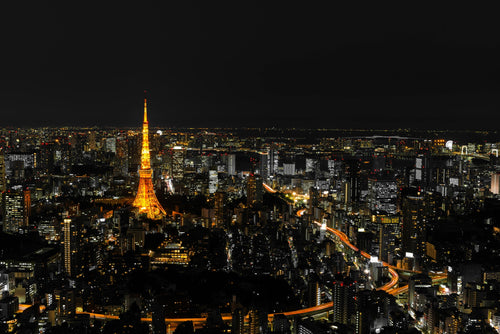
Best Night Tours in Tokyo for After-Dark Adventures
Tokyo’s nightlife is renowned for its energy, vibrancy, and unique blend of traditional and modern experiences. From ...
-
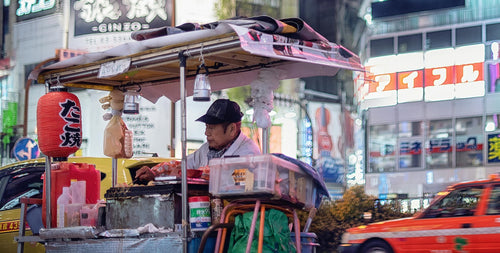
Japan’s Late-Night Food Culture: 8 Best Street Eats
Japan’s late-night food culture is a vibrant experience, especially in bustling cities like Tokyo and Osaka, where de...
-
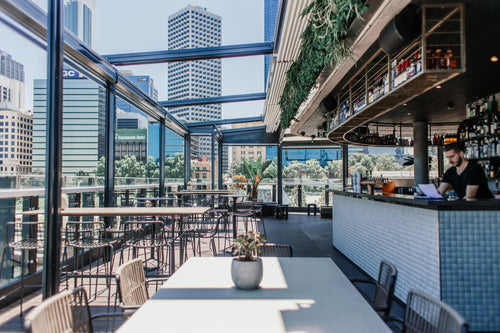
7 Rooftop Bars in Tokyo for Stunning Views
Tokyo’s rooftop bars offer some of the best ways to soak in the city’s skyline while enjoying drinks, atmosphere, and...
-

10 Best Nightclubs in Tokyo for Dancing and Music Lovers
Tokyo's nightlife is renowned for its variety and energy, with nightclubs that range from high-energy dance floors to...
-
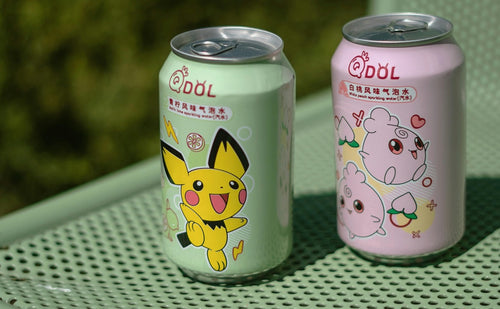
8 Themed Bars and Cafes You Need to Visit in Tokyo
Tokyo is famous for its creative and quirky themed bars and cafes, offering immersive experiences for locals and...
-

Tokyo Nightlife Guide: Shinjuku, Shibuya, and Roppongi Highlights
Tokyo’s nightlife is legendary, offering a mix of vibrant energy, entertainment, and unique experiences in some of it...
-
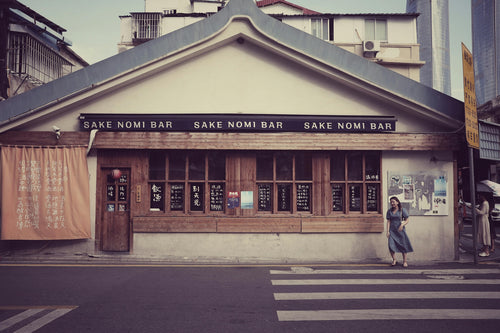
7 Best Japanese Sake Bars in Tokyo
Tokyo is home to some of Japan’s best sake bars, offering both locals and visitors an opportunity to explore the...
-
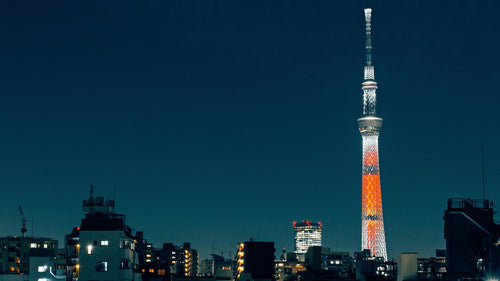
Top 6 Observation Decks in Tokyo for Scenic Views
Tokyo’s observation decks offer some of the best panoramic views of the city, giving visitors a chance to see th...
-
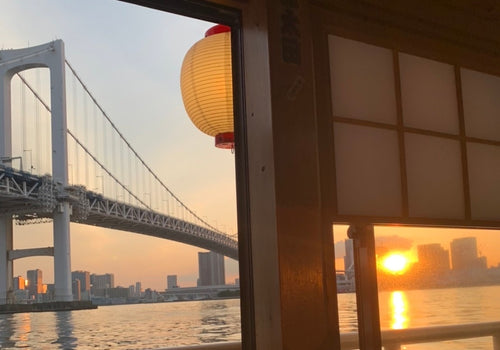
Night Cruises in Tokyo: Enjoy the City Views
Tokyo’s skyline is mesmerizing at any time, but experiencing it from the water on a night cruise adds a magical ...
-
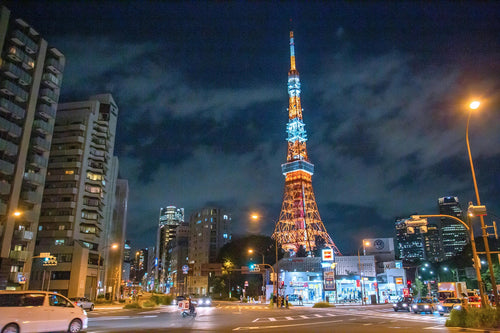
Roppongi Art and Nightlife Guide
Roppongi is one of Tokyo’s most vibrant districts, known for its lively nightlife, sophisticated art scene, and ...
-
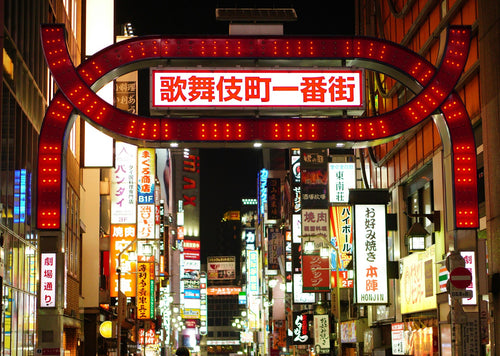
Nightlife Guide to Shinjuku Kabukicho
Shinjuku’s Kabukicho district, known as Tokyo’s “Sleepless Town,” is the center of nightlife in Tokyo. Renowned ...
-
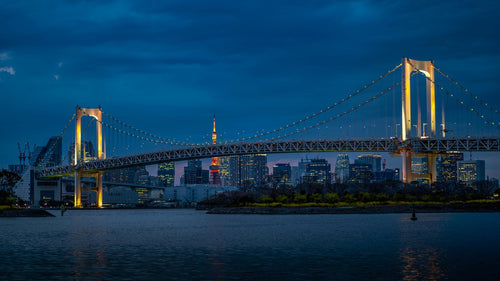
6 Best Night View Spots in Tokyo
Tokyo at night is a breathtaking spectacle, with illuminated skyscrapers, iconic landmarks, and bustling streets that...
-
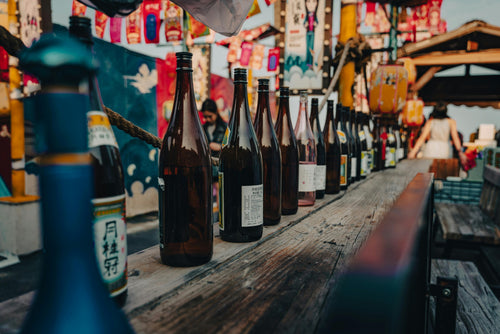
Top 12 Sake Breweries in Japan for Tasting and Tours
Japan’s sake culture is celebrated around the world for its depth, complexity, and rich history. Sake, or nihons...
-
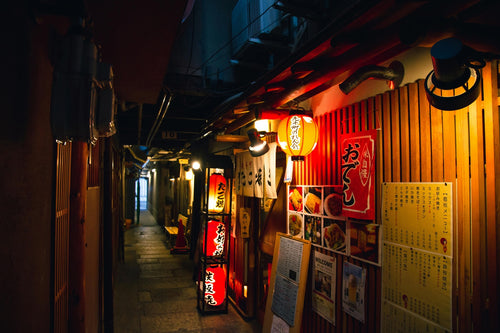
How to Enjoy a Night at a Japanese Izakaya
Japanese izakayas are casual, lively spots where locals gather after work to enjoy drinks, share small plates, a...
-

Exploring Karaoke Culture in Japan: 8 Best Places to Sing
Karaoke is an integral part of Japanese culture, offering a fun and entertaining way for friends, family, and even co...
-
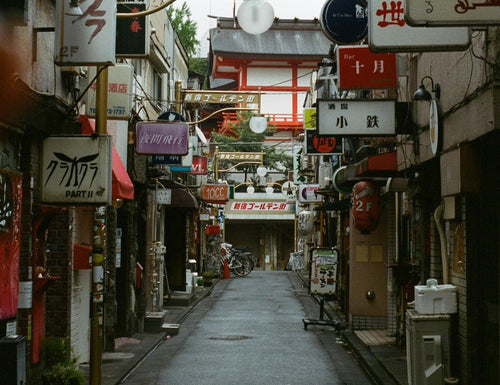
5 recommended bars in Golden Gai
Golden Gai, nestled in the heart of Tokyo’s Shinjuku district, is one of the city’s most iconic bar districts. Known ...
-
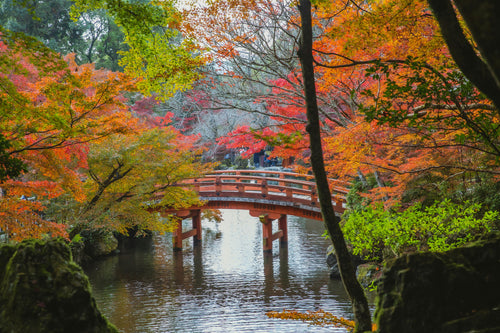
10 Japanese Gardens You Should Visit for Tranquility
Japanese gardens are renowned for their beauty, tranquility, and intricate designs that reflect harmony with nature. ...
-
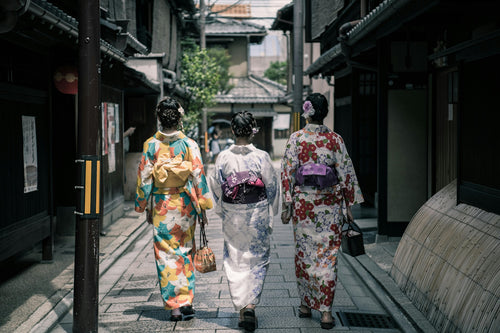
Japan’s Kimono Heritage: Symbolism, Style, and Where to See
The kimono, Japan’s traditional garment, is a beautiful and symbolic representation of Japanese culture. From its int...
-

Etiquette Essentials for Visitors to Japan
Japan’s culture is rich in respect, politeness, and consideration, making etiquette an essential part of daily l...
-
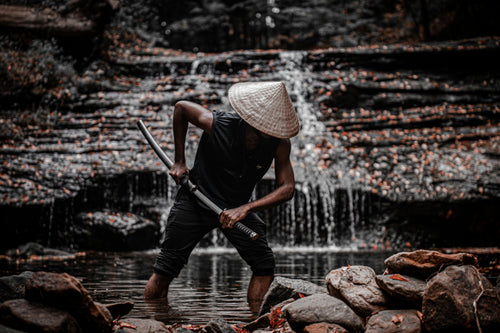
7 Best Places to Discover Japan’s Samurai History
Japan’s samurai history is one of honor, skill, and deep cultural influence, stretching back centuries and leaving an...
-
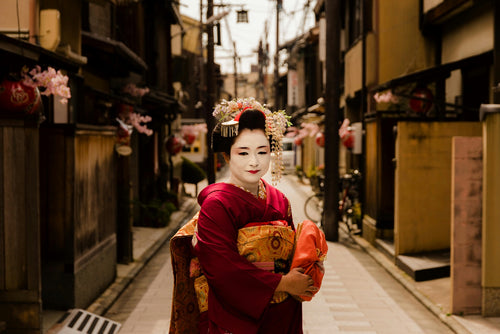
Geisha Culture in Japan: Myths and Realities
The world of geisha, Japan’s skilled performers and keepers of traditional arts, has long intrigued people around th...
-
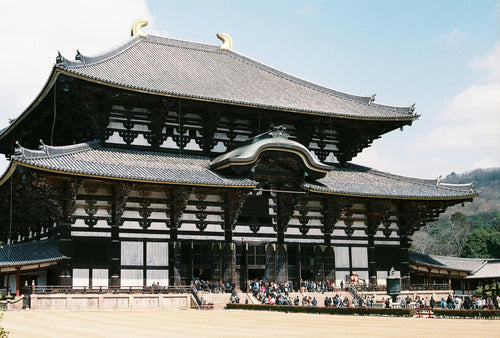
Japan’s Unique Architecture: Top 8 Traditional and Modern Landmarks
Japan is renowned for its unique blend of ancient architectural heritage and cutting-edge modern designs. From c...
-
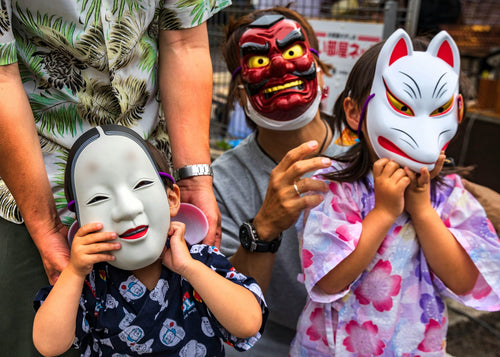
10 Traditional Japanese Festivals (Matsuri) You Can’t Miss
Japanese festivals, or *matsuri*, are vibrant celebrations of cultural heritage, featuring elaborate costumes, l...
-
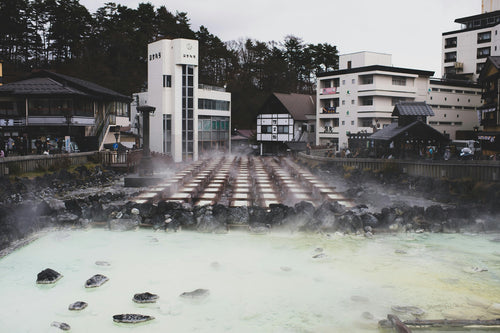
Japan’s Three Great Onsen: A Guide to Famous Hot Springs
Japan is famous for its natural hot springs, or *onsen* (温泉), offering visitors a unique opportunity to relax and rej...
-
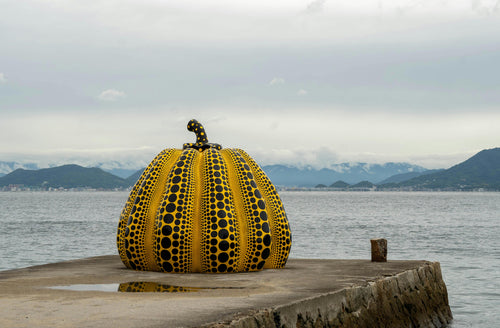
Japanese Art Exploration: Best Spots to Enjoy Art in Japan
Japan is a country rich in artistic heritage, from centuries-old traditional crafts to modern, innovative instal...
-

Guide to Japan’s Fireworks Festivals: When and Where to Go
Japan’s summer fireworks festivals, known as "hanabi taikai" (花火大会), are among the most anticipated events in th...
-
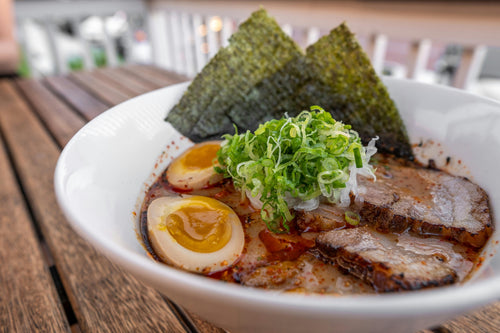
Where to Experience Ramen-Making Classes in Japan
Ramen is one of Japan’s most beloved dishes, with countless regional styles and flavors that attract food lovers from...
-
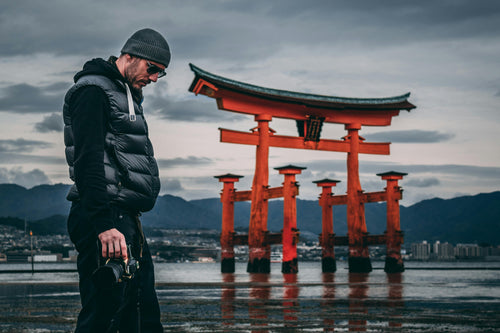
Power Spot Tours: Japan’s Famous Temples and Shrines
Japan is a land steeped in spiritual history, and visiting its temples and shrines provides not only a glimpse i...
-
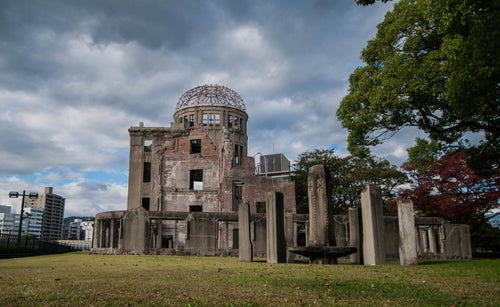
UNESCO World Heritage Site Tour Guide in Japan
Japan is home to numerous UNESCO World Heritage Sites, each offering a glimpse into the country’s rich cultural herit...
-
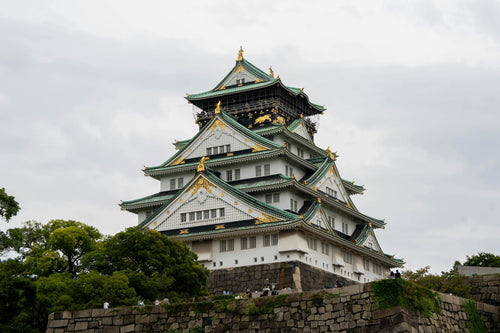
5 Famous Japanese Castles: History and Highlights
Japan is home to some of the most beautiful and historically significant castles in the world. Built during the feuda...
-
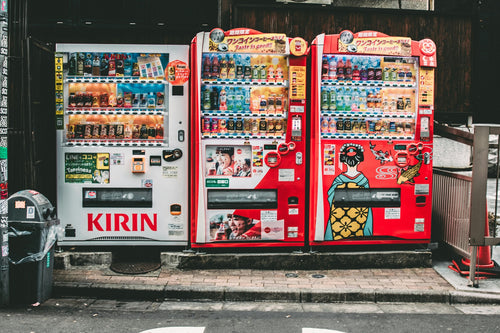
10 Unique Drinks to Try from Japanese Vending Machines
Japan is famous for its vending machines, offering an incredible variety of drinks that go beyond just soft drinks an...
-
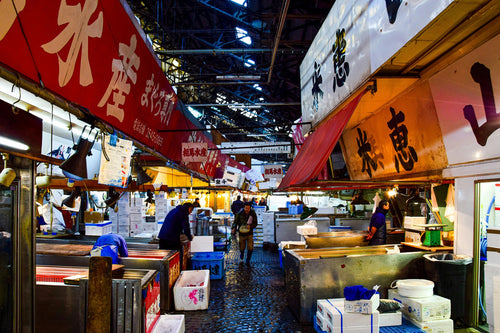
Tokyo Market Guide: Exploring Tsukiji and Toyosu Markets
Tokyo's Tsukiji and Toyosu Markets are must-visit spots for food lovers and anyone interested in Japan’s rich culinar...
-
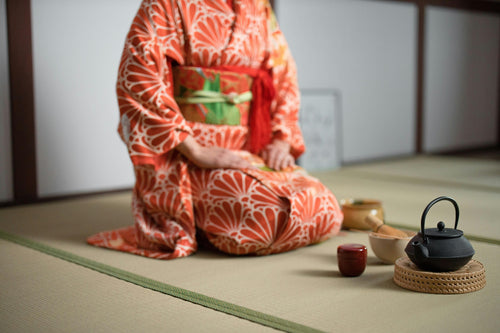
Experiencing Traditional Tea Ceremony in Tokyo
The Japanese tea ceremony, or "chanoyu," is a cultural experience steeped in tradition, aesthetics, and mindfulness....
-
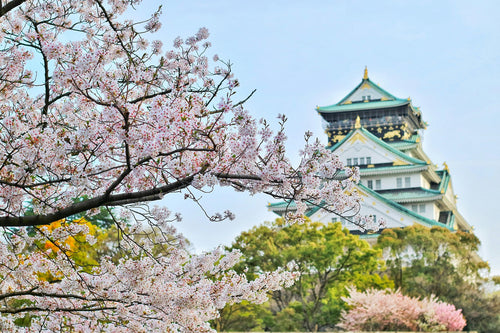
Top 7 Cherry Blossom Viewing Locations in Tokyo
Springtime in Tokyo is synonymous with the cherry blossom season, a breathtaking period when the city’s parks, rivers...
-
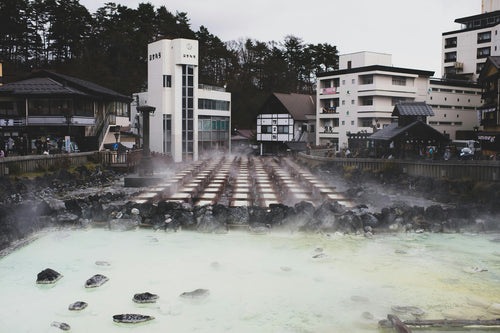
What is Onsen? A Guide to History, Benefits, and Etiquette
Onsen, Japan’s cherished hot spring culture, offers a unique blend of relaxation, scenic beauty, and deep-rooted trad...
-
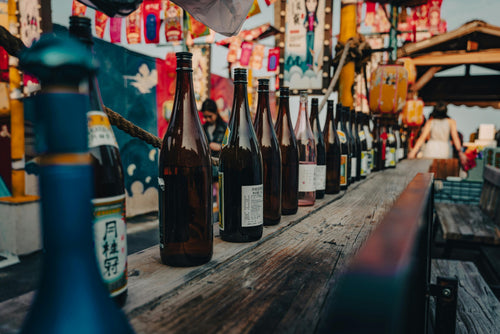
What is Sake? Its Production Method and History
Sake is a traditional Japanese alcoholic beverage made from fermented rice. It has been enjoyed in Japan for over a t...
-
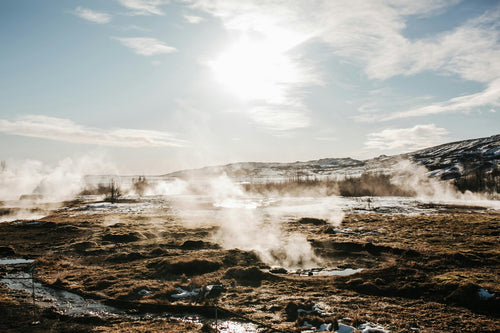
8 hot springs with beautiful scenery near Tokyo
Tokyo is a bustling metropolis, but just outside the city are some of Japan's most serene hot springs, or onsens, off...
-

Top 10 museum to visit in Tokyo
Tokyo is home to a diverse range of museums that cater to all interests, from art and history to technology and pop c...
-
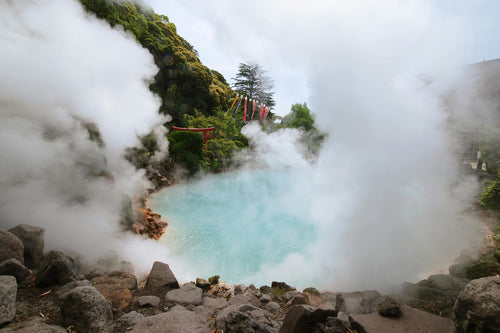
9 Best Hot Spring and Bathhouse in Tokyo
Tokyo is known for its vibrant urban energy, but it's also a fantastic place to relax and rejuvenate in hot springs (...
-
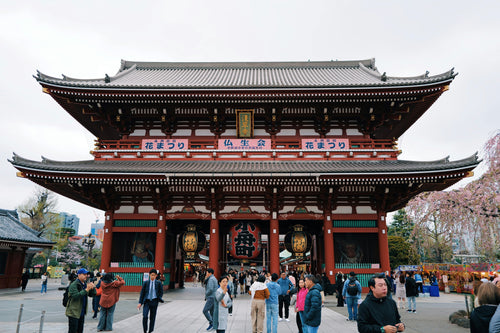
15 Famous Temples and Shrines to Visit near Tokyo
Tokyo and its surrounding areas are home to many famous temples and shrines that showcase Japan's rich spiritual and ...










































